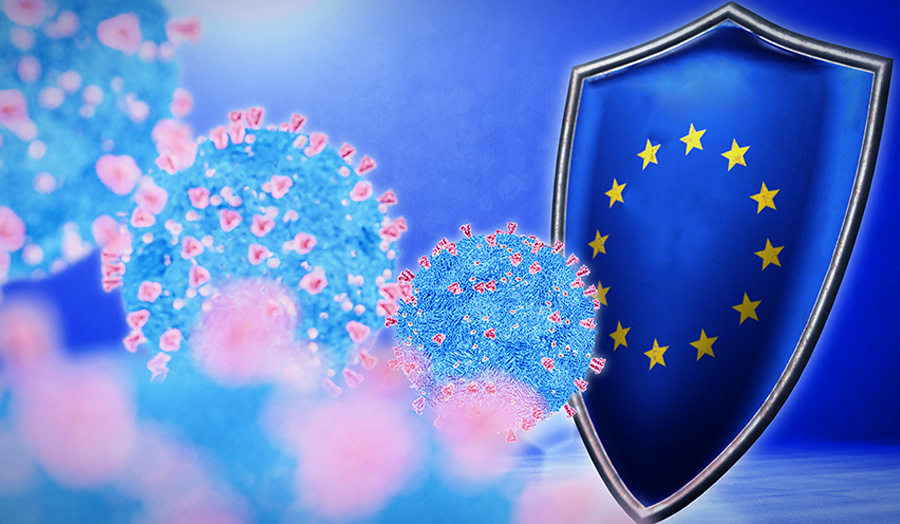Flu vaccine rate in Europe and what does it mean?
Did you know that the seasonal flu, caused by the influenza virus, is responsible for approximately 15,000-70,000 deaths in Europe each year(1)? The European Centre for Disease Prevention and Control (ECDC) considers the influenza virus as moderately infectious and the illness usually lasts only a short period of time. However, the flu creates a heavy burden on our economy and on our healthcare systems as it can result in up to 50 million people falling ill in the European Union/European Economic Area (EU/EEA) alone(1). That is more than the entire population of Spain(2)!
The World Health Organization (WHO) recommends that 75% of adults over the age of 65 should get vaccinated against the flu(3), and in 2009, the EU Council made the same recommendation to its Member States(3). So far, Denmark is the only EU country that has achieved this vaccination rate(4). In fact, the flu vaccine coverage rate (for the elderly) is below 50% in more than half of the EU/EEA countries(4), and the elderly is only one group of people at risk of developing flu-related complications(5). Additional groups of people recommended to get the influenza vaccine include healthcare professionals, pregnant women and people living with chronic health conditions(5) such as diabetes, respiratory diseases and heart diseases(5).
With only one EU country achieving and a few EU countries close to achieving the 75% influenza vaccination rate for vulnerable people(4), the influenza vaccination coverage in Europe needs to be better(6). The EU recommendation was made to protect the tens of thousands of people in the EU at risk of death and serious illness(6), so falling short of this vaccination rate is concerning. Sufficient influenza vaccination rates will also save our healthcare systems, as it decreases the number of doctor’s visits and hospitalisations(6).
Getting the flu vaccine is not the only way to protect yourself from the influenza virus, but it is the most effective(7). Other healthy measures you can take to ensure that you avoid the flu this winter season includes washing your hands, avoiding close contact with people who are ill, staying home when you are sick and avoiding touching your eyes, nose and mouth(8).
Protect yourself and your loved ones this flu season by asking your doctor about the flu vaccine. You will also be contributing to protecting people in your communities from serious flu-related illnesses. We can overcome this public health challenge together!
Sources
(1) Factsheet about seasonal influenza. ECDC. Available at: https://www.ecdc.europa.eu/en/seasonal-influenza/facts/factsheet. Accessed on 8 November 2022.
(2) Countries in the world by population (2022). Worldometer. https://www.worldometers.info/world-population/population-by-country/. Accessed on: 8 November 2022.
(3) Vaccination against influenza among people aged 65 and over. OECD. Available at: https://www.oecd-ilibrary.org/sites/804e5c3b-en/index.html?itemId=/content/component/804e5c3b-en#. Accessed on: 8 November 2022.
(4) Vaccination against influenza of population aged 65 and over. Eurostat. Available at: https://ec.europa.eu/eurostat/databrowser/view/hlth_ps_immu/default/table?lang=en. Accessed on: 8 November 2022.
(5) Risk groups for severe influenza. ECDC. Available at: https://www.ecdc.europa.eu/en/seasonal-influenza/prevention-and-control/vaccines/risk-groups. Accessed on: 8 November 2022.
(6) Influenza vaccination coverage rates insufficient across EU Member States. ECDC. Available at: https://www.ecdc.europa.eu/en/news-events/influenza-vaccination-coverage-rates-insufficient-across-eu-member-states. Accessed on: 8 November 2022.
(7) Seasonal influenza vaccines. ECDC. Available at: https://www.ecdc.europa.eu/en/seasonal-influenza/prevention-and-control/seasonal-influenza-vaccines. Accessed on: 8 November 2022.
(8) Healthy Habits to Help Protect Against Flu. CDC. Available at: https://www.cdc.gov/flu/prevent/actions-prevent-flu.htm. Accessed on 8 November 2022.






Leave a comment